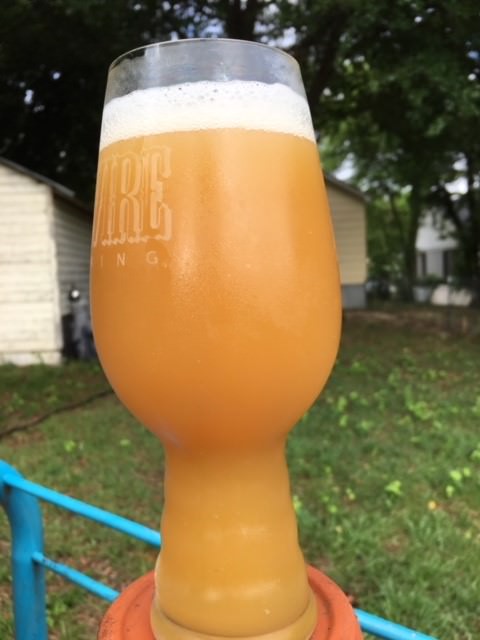I’m surprised no one has put more focus on this picture. Might be the answers to the test. Of course, things may have changed since then. Can you guess the beers being fermented here? Now that we have some experience with these yeasts, this might be helpful.
@melville you’ve been running those low temps with some luck. Might have something here..
I have a 100% wb batch fermenting at 78+ which is smelling fantastic off the blow off. I’ll post results once complete. Don’t how how that and it’s temp would fit in with that picture though. Maybe they used a seperate temp controller for that if they were blending in a warm fermented wb batch.






